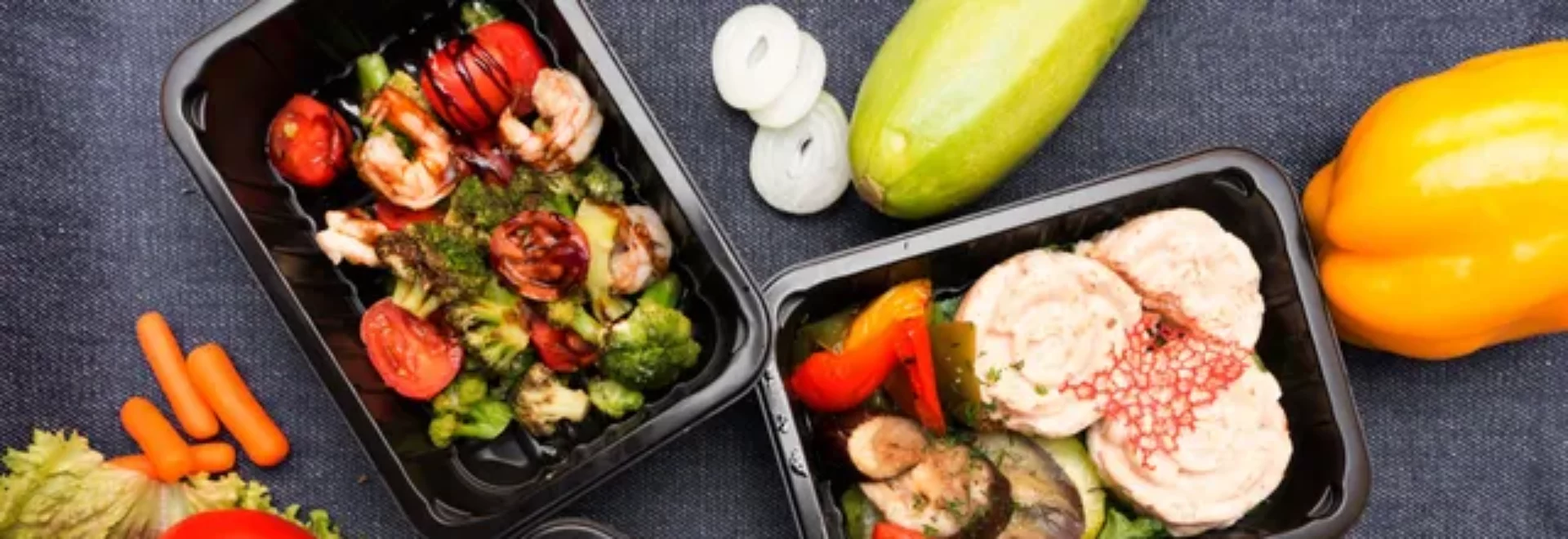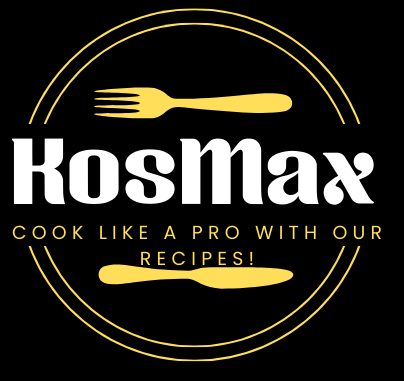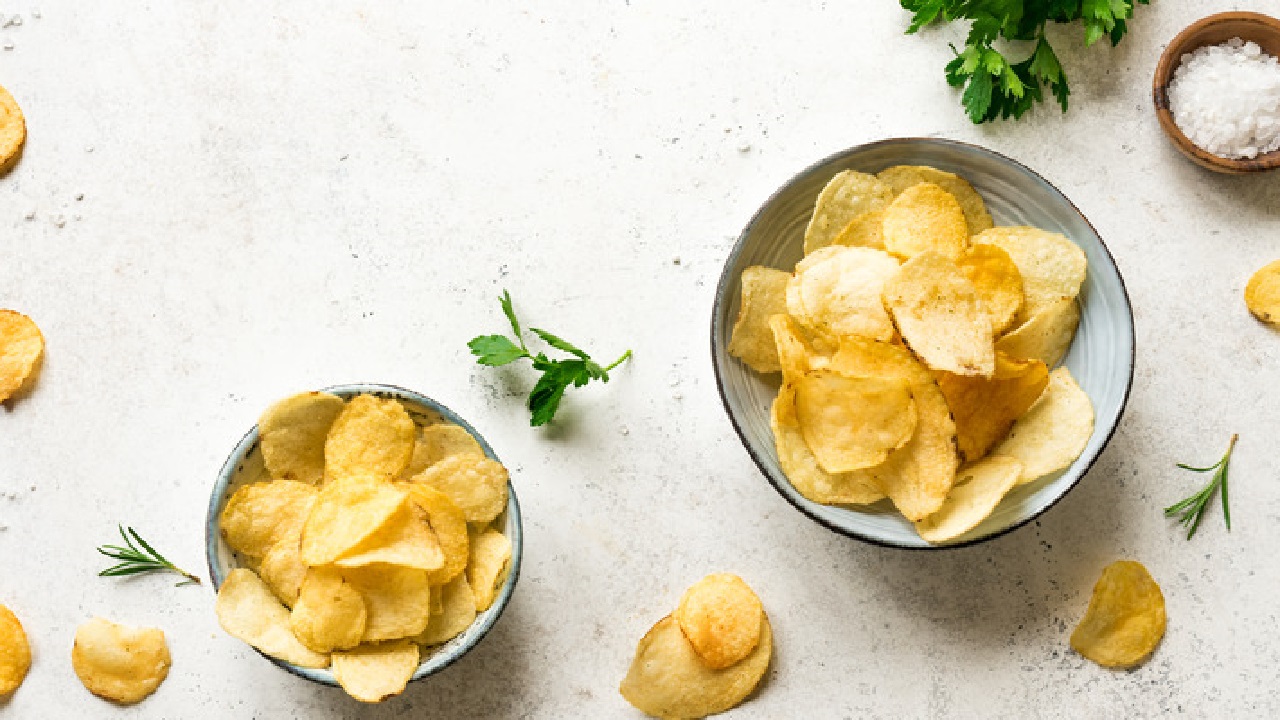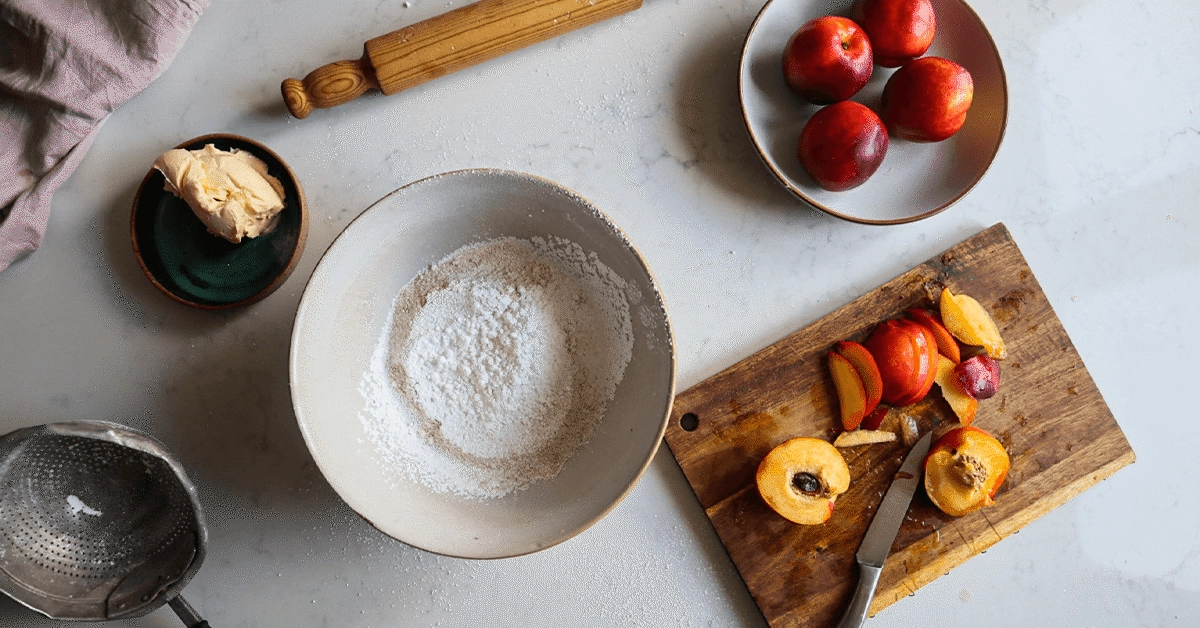Common Mistakes of Making Potato Chips
Potato chips are a beloved snack enjoyed by people around the world. Whether you’re hosting a party, having a movie night, or simply craving something crunchy, homemade potato chips can be a tasty and satisfying option. However, making potato chips at home can sometimes be a tricky endeavor, and even experienced cooks can make mistakes. In this article, we will explore some common mistakes people make when making potato chips and provide you with valuable tips to avoid them.
1. Potato chips
Potato chips, also known as crisps in some regions, are thinly sliced potatoes that are deep-fried or baked until they turn crispy and golden brown. While store-bought chips are readily available, making your own allows you to control the ingredients, flavors, and overall quality of the final product. However, several factors can affect the outcome of your homemade potato chips, leading to less-than-perfect results.
2. Choosing the Right Potatoes
Choosing the right type of potato is crucial for making crispy and delicious chips. Some potatoes, such as Russet or Yukon Gold, have a higher starch content and are ideal for frying. They have a drier texture, which helps in achieving the desired crispiness. On the other hand, waxy potatoes like New Potatoes or Red Bliss are better suited for boiling or roasting, as they tend to retain moisture and may not result in crispy chips.
3. Slicing Techniques
The thickness of the potato slices can greatly impact the texture of the chips. Very thin slices can turn too crispy or even burnt, while thicker slices may not become as crispy. Aim for slices that are around 1/16th to 1/8th of an inch thick. Using a mandoline slicer or a sharp knife, carefully slice the potatoes into uniform thickness to ensure even cooking.
4. Oil Temperature
Maintaining the right oil temperature is crucial for achieving crispy and evenly cooked potato chips. If the oil is too hot, the chips can quickly burn and become bitter. Conversely, if the oil is not hot enough, the chips can turn out greasy and soggy. The ideal oil temperature for frying potato chips is around 350-375°F (175-190°C). Use a thermometer to monitor the oil temperature and make adjustments as necessary.
5. Seasoning
One of the joys of making homemade potato chips is the ability to experiment with different flavors and seasonings. However, it’s essential to strike the right balance. Avoid over-seasoning the chips, as it can overpower the natural flavor of the potato. Start with a light sprinkle of salt or your preferred seasoning, and gradually add more if needed. Remember that it’s easier to add seasoning later than to remove excess seasoning.
6. Avoiding Overcrowding
To achieve crispy chips, it’s important not to overcrowd the frying pan or deep fryer. When too many chips are added at once, they can lower the oil temperature and result in uneven cooking. Fry the chips in small batches, allowing enough space for them to move around freely. This will ensure they cook evenly and maintain their crispness.
7. Monitoring Cooking Time
Cooking time can vary depending on the thickness of the potato slices and the temperature of the oil. Keep a close eye on the chips while frying to prevent them from becoming overly browned or burnt. The chips should turn a golden brown color and feel crisp when touched. Remove them from the oil promptly to avoid overcooking.
8. Draining Excess Oil
Once the chips are cooked to perfection, it’s important to drain excess oil properly. Use a slotted spoon or a spider strainer to transfer the chips from the frying pan or deep fryer to a plate lined with paper towels. This will help absorb any residual oil and keep the chips crispy. Gently blot the chips with another paper towel to remove any additional oil.
9. Allowing Chips to Cool
While it may be tempting to dig into the freshly fried potato chips right away, allowing them to cool slightly is crucial. As the chips cool, they will continue to crisp up and develop a better texture. Place the chips on a wire rack or a clean, dry surface to cool for a few minutes before serving. Patience will be rewarded with perfectly crunchy chips.
10. Storing Properly
If you have leftover potato chips or want to prepare them in advance, proper storage is essential to maintain their crispness. Transfer the cooled chips to an airtight container or a resealable plastic bag, removing as much air as possible. Store them in a cool, dry place away from direct sunlight and moisture. Avoid storing them in the refrigerator, as this can introduce moisture and make the chips lose their crunch.
11. Avoiding Common Mistakes
To recap, here are some common mistakes to avoid when making potato chips:
- Using the wrong type of potato for frying.
- Slicing the potatoes too thick or too thin.
- Frying the chips at the wrong oil temperature.
- Over-seasoning the chips.
- Overcrowding the frying pan or deep fryer.
- Overcooking or undercooking the chips.
- Failing to properly drain excess oil.
- Not allowing the chips to cool before serving.
- Improper storage that leads to loss of crispness.
By being aware of these common mistakes and following the tips provided, you can ensure your homemade potato chips turn out crispy, flavorful, and absolutely delicious.
Making potato chips at home can be a fun and rewarding culinary experience. By understanding and avoiding the common mistakes discussed in this article, you can elevate your chip-making game and impress your friends and family with a batch of perfectly crispy and flavorful potato chips. Remember to choose the right potatoes, slice them uniformly, fry them at the right temperature, and season them with care. With practice and attention to detail, you’ll soon become a master of homemade potato chips.
12. FAQs
FAQ 1: Can I use any type of potato for making chips?
While you can use various types of potatoes for making chips, it’s best to choose those with a higher starch content, such as Russet or Yukon Gold, as they result in crispier chips.
FAQ 2: How do I know if the oil is at the right temperature?
Using a thermometer is the most accurate way to determine the oil temperature. Aim for a range of 350-375°F (175-190°C) for frying potato chips.
FAQ 3: What are some popular seasonings for potato chips?
Some popular seasonings for potato chips include salt, pepper, paprika, garlic powder, onion powder, and various herb blends like rosemary or barbecue seasoning.
FAQ 4: Why should I avoid overcrowding the chips in the frying pan?
Overcrowding the frying pan can lower the oil temperature and result in uneven cooking. Frying the chips in small batches allows them to cook evenly and maintain their crispness.
FAQ 5: How long should I let the chips cool before eating?
Allow the chips to cool for a few minutes on a wire rack or a clean, dry surface before eating. This will allow them to crisp up further and reach their optimal texture.




